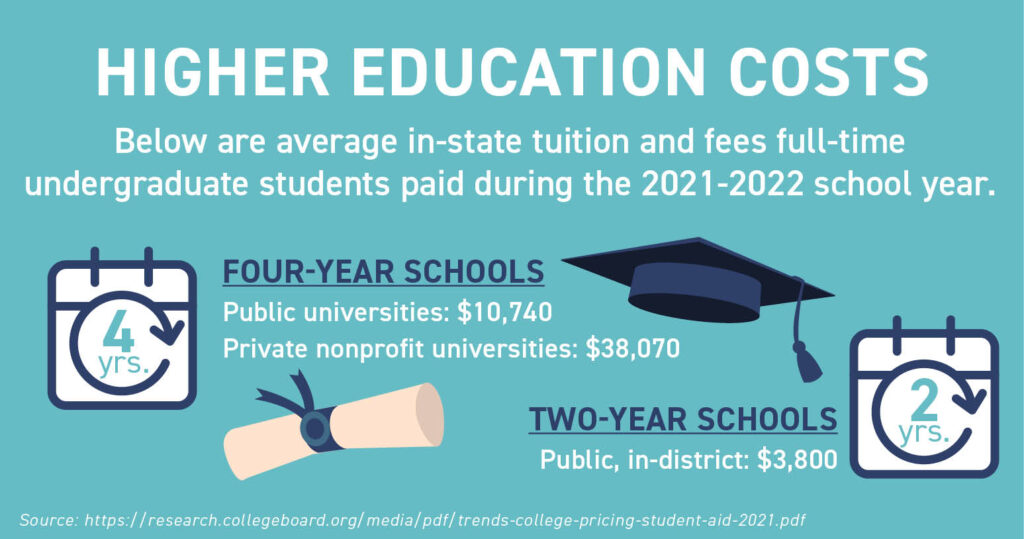Offering an employer-sponsored retirement plan is one of the most effective ways to help workers save for retirement. And most provide tax advantages for both employers and employees.
PICK A PLAN
The 401(k) is one of the most common plans employers offer because they’re fairly easy to set up. They also offer higher contribution limits than individual retirement accounts (IRAs). But they require more administrative work. An annual report must be filed with the Department of Labor to disclose the plan’s financial condition, investments, and plan operations.
Smaller employers can consider a Simplified Employee Pension (SEP) or SIMPLE retirement plan. Both are easier to maintain than a 401(k). The SIMPLE plan allows employees to contribute with pre-tax payroll deductions but is limited to companies with 100 or fewer employees. A SEP plan only permits employer contributions.
TAX CREDITS
A federal tax credit of up to $5,000 for the first three years is available to eligible employers that start a new retirement plan. The credit is for ordinary and necessary costs to set up and administer the plan and educate employees.
To help workers save for retirement, an additional $500 credit is available for the first three years — if your plan has an automatic enrollment feature.
Remember, tax credits offset the amount of tax you owe dollar for dollar, but deductions only reduce your taxable income.
IT’S A MATCH
Offering to match employee plan contributions is a valuable perk you can use to attract and retain top talent. The good news is that your matching contributions are tax-deductible.
To start, you’ll need to determine when you’ll begin matching contributions (e.g., after the employee has worked for a year), when your contributions will vest, and how much your business can afford to contribute.
Meet with your financial professional for help deciding which plan is best for your company.







